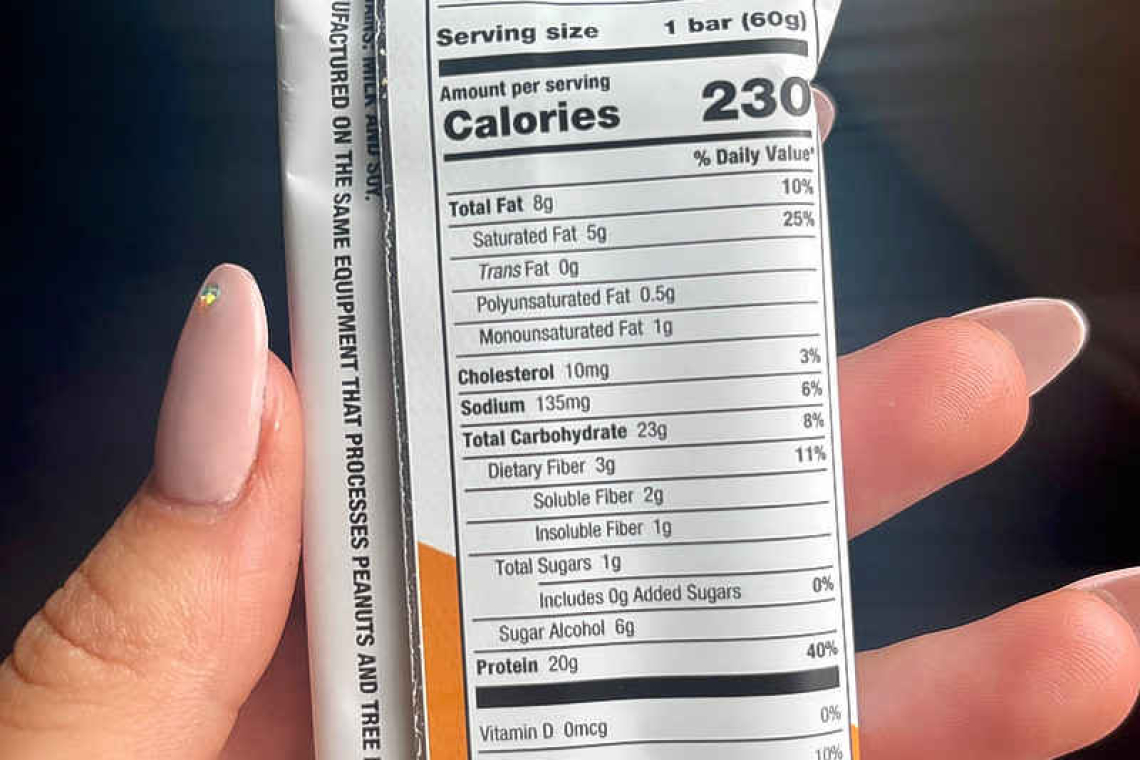By Colin Michie FRCPCH FRSPH FLS RNutr FRSA
Recipes deliver the staff of life – how often do you discuss them, offer opinions, choose what and how you share a meal? Our traditional recipes define what we are made of, our nutritional chemistry. They may even drive your dreams! But standing in a shopping aisle, gazing at food labels, you will ask questions. What are all these sugar alcohols – have you ever met them in a recipe book?
Sugar alcohols are becoming more common in processed foods. Energy bars, ice cream, cakes and candies, jams, puddings, sauces and even cocktail mixers. Sugar alcohols are carbohydrates, employed to appease our yearnings for sweetness, while delivering fewer calories.
The culture of cane sugar by enslaved Africans brought sucrose to the kitchens of many, at prices that fell over centuries. Humans are hard-wired, driven, to seek out sweet tastes. Sugar was transformed from a luxury to a necessity, then into a mandated additive. Market forces established that extra sugar, not found in the original recipes, helped sell bread, beverages and burgers.
By the 1980s, rising sugar consumption from cane, palms, agave, beets and honey all contributed to ill health on a global scale for the first time in human history. In 2018 it was estimated that those living in the United States consumed over 80 pounds of sugar each, every year! The World Health Organisation recommends that less than 5% of our daily energy should come from added sugar.
Food and beverage manufacturers have been challenged, even taxed financially in some countries, to reduce high levels of sugar, that is sucrose, in their products. Reducing sugar, like tobacco reduction, has at last become a recognised market trend, a health halo that helps all of us control our blood glucose, body weight and cardiovascular health. Sugar substitutes need to copy the aromas, appearances, textures, or mouth feel of sucrose while deceiving our tongues and craving for sweetness.
Sucrose substitutes are numerous. Natural products such as stevia leaves or mogrosides from monkfruit have never been prominent in European cuisine, but South American and south-east Asian cooks employ them in their kitchens. Some “rare” sugars, such as allulose, allose and tagatose are found in milk, several fruits and cacao. Almost as sweet as sucrose, they have lower absorption, energy delivery and glycaemic indexes. Aspartame, saccharin, neotame and avantame were patented and used by some companies for specific products. Sucralose is probably the most common of these on supermarket shelves in the Caribbean.
Naturally occurring sugar alcohols, or polyols, have become recent replacements for sucrose. In nature, they occur in fruits with stones, in chicory, cabbage, peas, fennel and mushrooms. They are carbohydrates that are not completely digested or absorbed, with a low glycaemic index. They provide low levels of food energy unlike, for instance, stevia which has no calories.
Although they are alcohols biochemically, they are not intoxicating or damaging like ethanol. They may be used in combinations with particularly sweet compounds such as stevia, or sucralose, to improve the overall flavour. Some sucrose may still be added to promote caramelisation, or browning, on cooking.
Sugar alcohols include xylitol, sorbitol, mannitol, isomalt, maltitol and erythritol. Because they are not digested well by us humans or our gut bacteria, they do not contribute to tooth decay like sucrose. Xylitol actually protects teeth and is often used in chewing gums. Sugar alcohols can cause a pleasant cooling sensation in the mouth.
Further down the gut, sugar alcohols act like dietary fibre. They ferment in the bowel, giving rise in some folk to low levels of discomfort, gas and softer stools. They do not cause inflammation however, and over time they are associated with beneficial changes in the bowel bacteria – they are prebiotics. They form the “P” in that group of dietary components referred to as FODMAPs, which stands for ‘Fermentable oligosaccharides, disaccharides, monosaccharides and polyols’.
Erythritol probably has the lowest level of these side effects. Xylitol specifically can have distinctive effects on others in our households though. Poisoning in pet dogs from human foods containing xylitol has been reported, as it can cause a rapid and potentially dangerous fall in their blood sugars.
Sucrose substitutes will have to be used for more time to greatly benefit public health; human addictions to high sugar diets are slow to change, for children in particular. Recipes with sugar alcohols remain rare – there are opportunities for creative chefs here!
It would be helpful for industries to market more of these products for domestic use. To keep ourselves and our families healthy, we need to rely on those mantras from our own kitchens: reduce total sugar intakes, count calories and increase dietary fibre. Not gastronomically attractive, but our grandparents would recognise those recipes.
Useful resources:
https://www.nhs.uk/healthier-families/food-facts/sugar/
https://www.cdc.gov/nutrition/data-statistics/added-sugars.html







